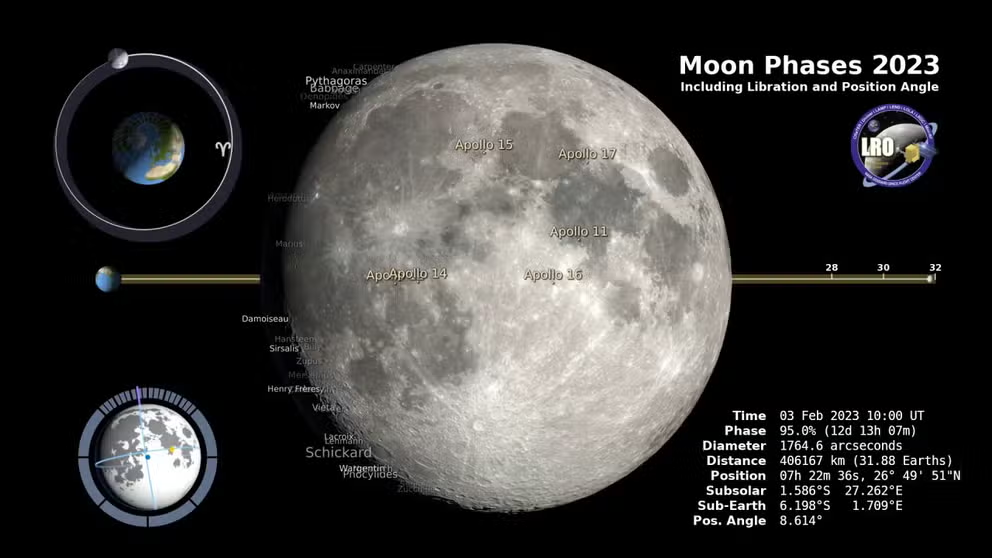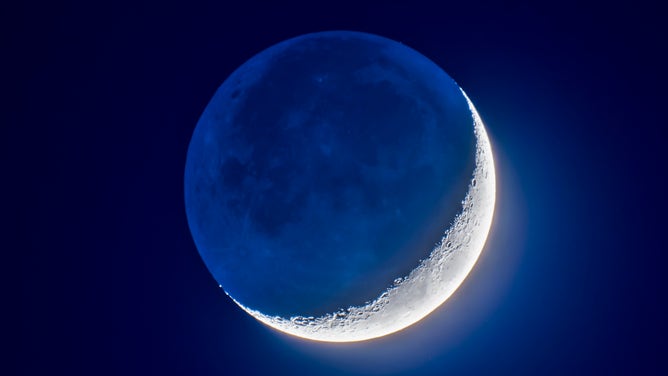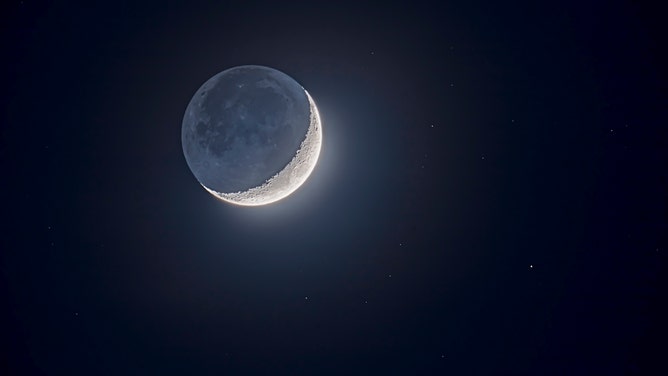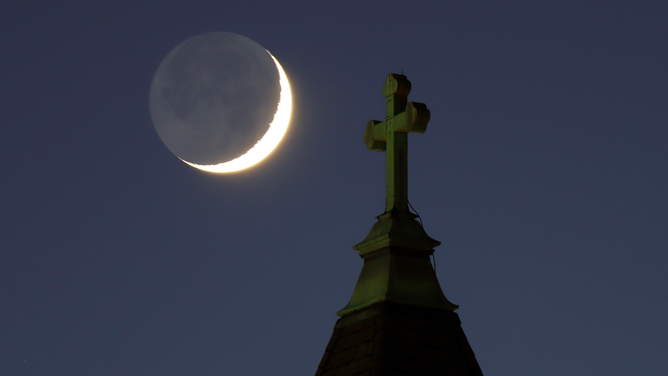How you can spot the moon's 'Da Vinci Glow' this weekend
According to NASA, the best time to enjoy Earthshine in the Northern Hemisphere is during the spring. Scientists also found that Da Vinci Glow is most intense -- about 10% brighter than average -- during April and May.
When and where to spot the 'Di Vinci Glow'
Hayden Planetarium Astronomer Joe Rao on how you can witness the crescent moon and its associated glow this weekend.
When you’re looking up at the night sky this weekend and early next week, you’ll be able to spot the faint glow of the moon, and thanks to Leonardo Da Vinci, we know why it’s happening.
The phenomenon called Earthshine, or "Da Vinci Glow," occurs when sunlight is reflected off Earth onto the moon’s surface. That light is then reflected back to Earth, allowing us to see darkened portions of the moon.
Video: Moon phases in 2023
The moon will be full 13 times in 2023 thanks to its orbit.
According to NASA, the best time to enjoy Earthshine in the Northern Hemisphere is during the spring. Scientists also found that the Da Vinci Glow is most intense – about 10% brighter than average – during April and May, NASA added.
WATCH OUT FOR THESE ASTRONOMICAL EVENTS IN 2023
The Da Vinci Glow was able to be spotted during the waning crescent moon just before sunrise earlier this week. If you didn’t see it, you’re in luck. You still have a few opportunities to check it out.
If you head outside about an hour after sunset on Sunday through at least Tuesday, you should be able to see the bright crescent moon. And thanks to Earthshine, you’ll be able to spot the subtle glow of the rest of the moon.
You don't need any special equipment to observe Earthshine. All you have to do is step outside, and you should be able to see it with the naked eye if the weather permits.
HOW THE SUN AND MOON SHAPED OUR CALENDARS
What is Earthshine?
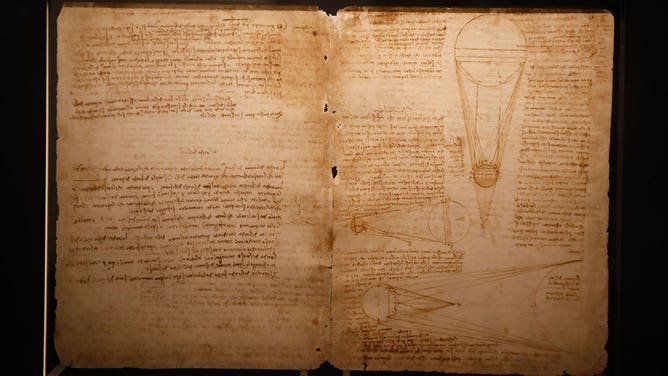
This picture taken on October 23, 2019 shows Studies on the Ashen Glow of the Moon, from Leonardo Da Vincis scientific treatise Codex Leicester, during the opening of the exhibition " Leonardo da Vinci ", on October 22, 2019 at the Louvre museum in Paris.
(FRANCOIS GUILLOT/AFP via Getty Images)
Writings and drawings of Earthshine can be found in Da Vinci’s Codex Leicester. In it, Da Vinci explains that the light reflected off Earth can allow us to see the full circle of the moon, even when the sun’s rays are not lighting it.
"You look at a quarter moon, but you can see the whole moon and the dark part is illuminated in sunlight reflected off the Earth, to the moon and then back to you at night," said Philip Goode, a distinguished research professor at the New Jersey Institute of Technology. "So the moon is acting like a mirror, so we can see the reflected Earth light."
The amount of light Earth reflects is determined by what the sunlight hits before it’s bounced back into space. Clouds, snow and ice have higher reflectance rates, or albedo, than land or the oceans.

